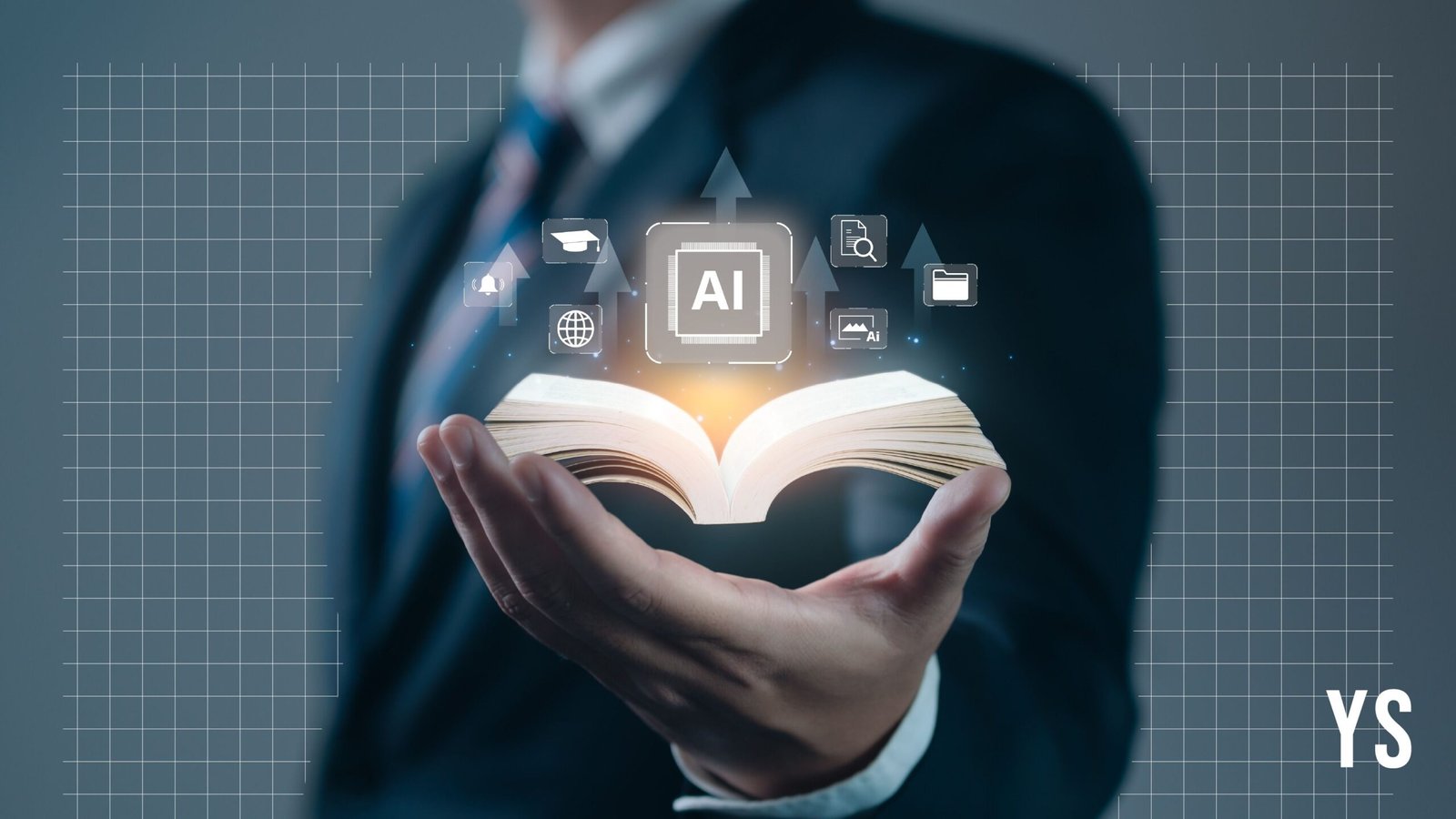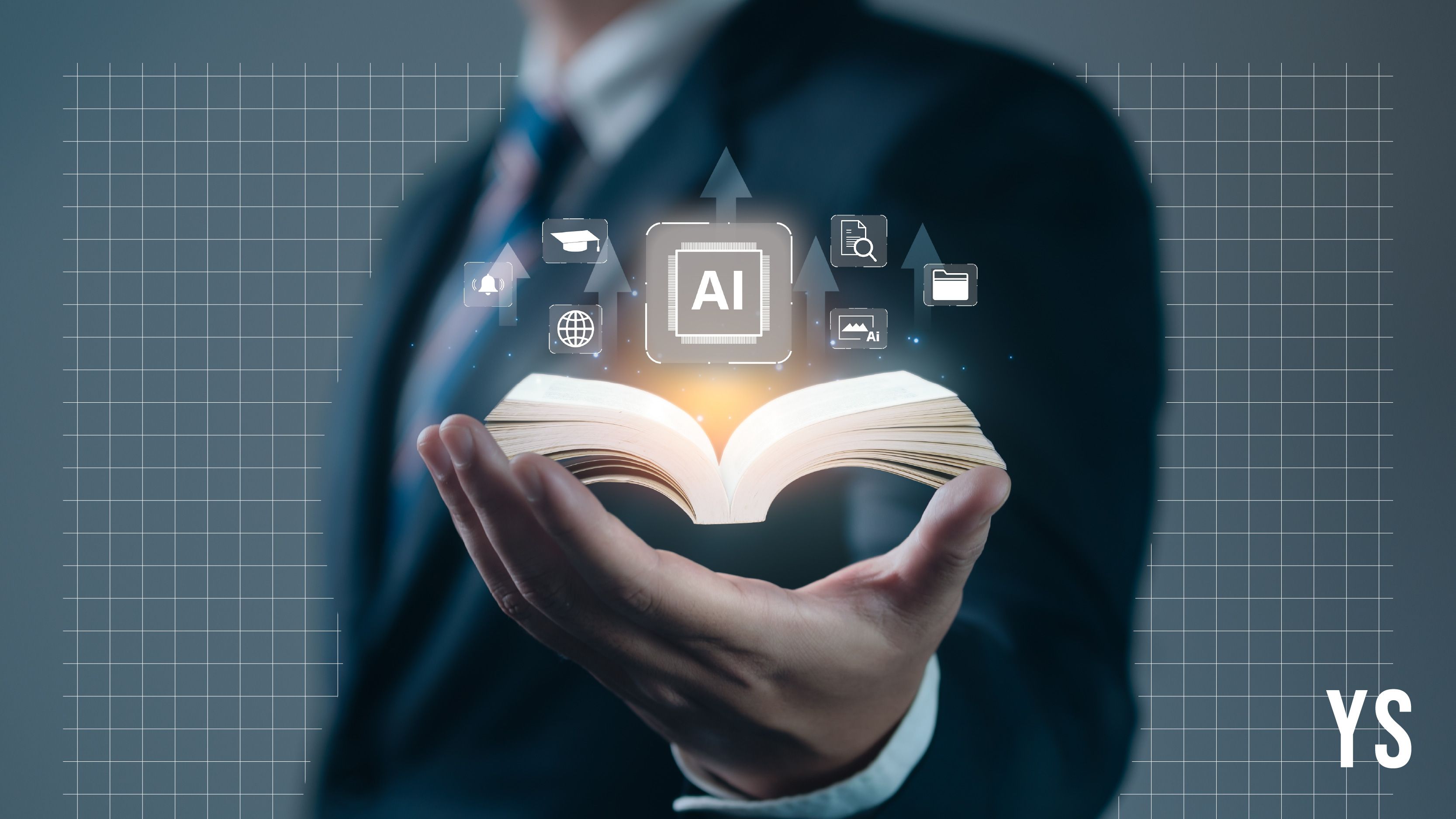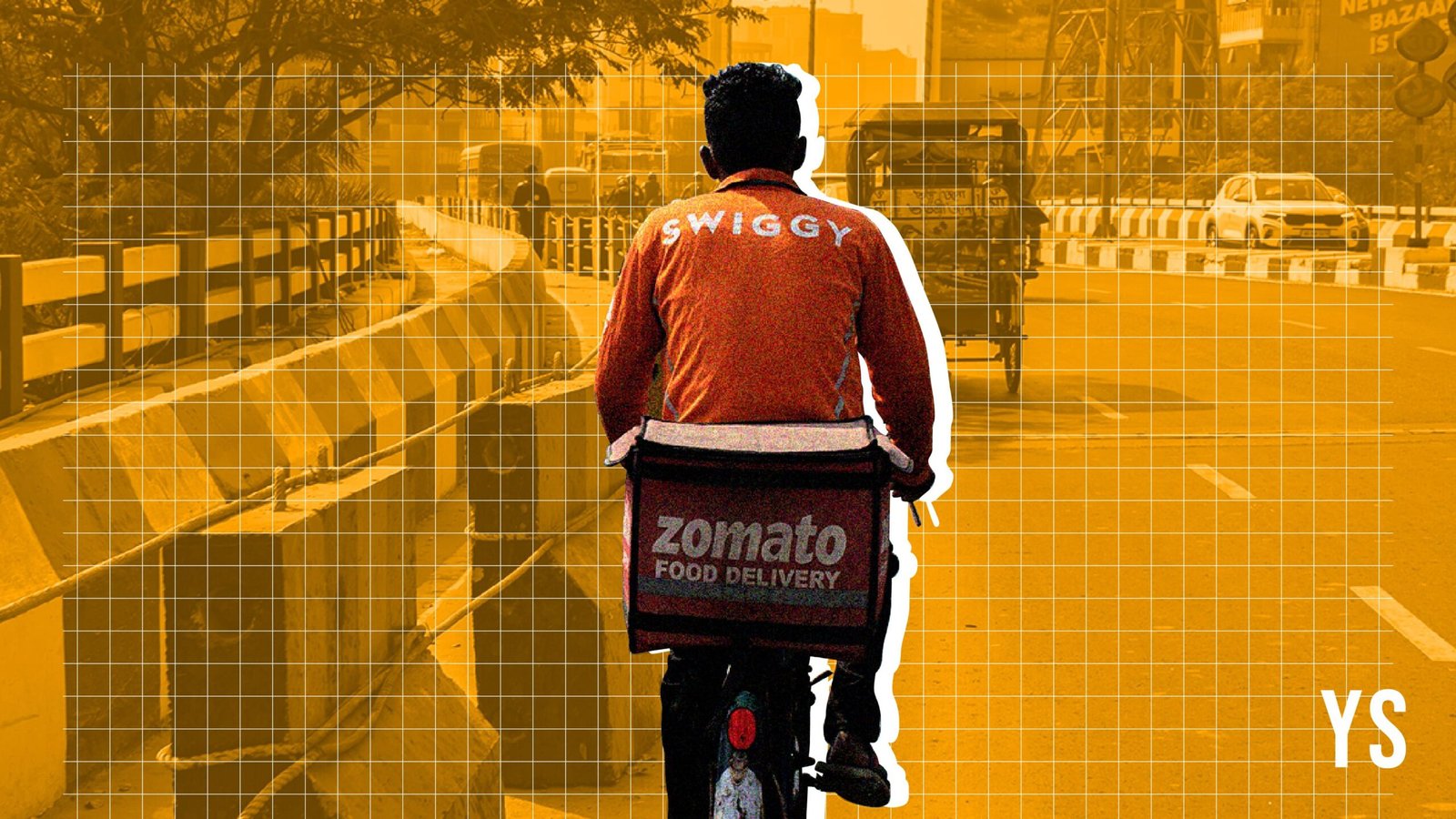Can AI bridge learning gaps in India’s Tier II and Tier III cities


For most students who have grown up in Tier II and Tier III towns of India, education has existed with an asterisk: migrate or settle. It was a long-standing notion, nurtured over the years that metro migration ensured superior schools, seasoned teachers, and expert coaching. This migration was not merely a quest for quality, it was a necessity formed by systemic lacunae.
But now, I notice the change in fermentation. The desire to learn remains the same but the way to achieve it is being rewritten through technology. More precisely, through Artificial Intelligence (AI).
The uneven map of learning
Over the last two decades of working in the education space, particularly with students from rural and semi-urban India, I’ve witnessed directly the role geography plays in determining access. While metros enjoy privileged schools, talented faculty, and resourceful facilities, smaller towns are plagued by outmoded pedagogy, shortage of trained teachers, and inflexible curricula.
But in the past couple of years, as digital penetration has boomed with more affordable smartphones, better data access, and a further thrust toward digital literacy, I began to see a new type of classroom crop up. One that’s not confined by walls or even cities.
And this is where AI comes in not to replace teachers, but as an extraordinary support system.
The rise of adaptive learning tools
AI in education is no longer a far-off promise. It’s becoming integrated into everyday learning activities. Machine learning-based tools are assisting instructors to determine where students are lagging, create individualised learning trajectories, and even forecast possible educational dangers before they become stumbling blocks.
In a practical setting, I’ve seen AI-enabled tools dynamically adjust reading levels for students based on real-time performance, suggest concept reinforcements during practice sessions, and even alert facilitators when a learner needs more attention. This kind of intelligent support can be transformational especially for students who lack access to elite educators or coaching centers.
The outcome? A class where a student from Jharkhand is able to receive feedback as focused and specific as a student in Delhi.
Overcoming the language barrier
The most abiding problem in Indian education is language. English, frequently the platform of high-quality materials and teaching, is not the mother tongue of the majority of students in small-town India. The difference generally results in alienation or underachievement not because of insufficient ability, but because of unapproachable language.
AI’s capacity to translate and simplify complex educational content in real time is already a game changer. I’ve encountered students who now use voice-based translation tools to follow global lectures in their mother tongue, something unimaginable just a few years ago.
Projects like IIT Bombay’s real-time translation research and natural language processing (NLP) models that localise content, are helping dismantle one of the oldest barriers to quality learning in India.
A new age of competitive exam preparation
The stress to clear entrance exams such as JEE, NEET, or UPSC tends to compel families to migrate or spend huge amounts on coaching. But AI is starting to level that out too.
Smart learning portals now produce simulated tests, customised revision timetables, and feedback-based analytics similar to what top-level coaching centers provide, but at a much lower price tag. Students no longer have to relocate lives to prepare well.
Yet, the secret lies in digital literacy. As AI tools become more intuitive, students need to be taught how to pose proper questions and critically evaluate AI-written content as well. This revolution where learners take an active role instead of being passive recipients represents a true overhaul in education.
The socratic future of AI tutoring
Looking forward, the future wave of AI in education will center on more intensive engagement. Experimental dialogue-based tutoring systems (DBTS) already are being built to emulate the Socratic approach leading students through thoughtful questioning instead of spitting out answers.
Visualise a virtual tutor that doesn’t merely flag errors, but challenges a learner to ask questions: Why did this formula succeed? What if we altered this variable?
These systems, once developed further, might provide every student with an individual, adaptive learning guide regardless of where they live or what their family’s finances are.
Closing the gap responsibly
Of course, technology is not a silver bullet. There are essential issues to overcome in providing reliable internet access in rural areas, preparing teachers to collaborate with AI, and safeguarding students’ data and privacy.
But the potential here is unprecedented. Implemented responsibly and with inclusion, AI has the potential to remake India’s education story. One where geography, language, or infrastructure does not hold any child back from their potential.
We are at a juncture where old learning gaps long thought to be structural in nature can now be bridged smartly. The journey is just starting, but the path ahead is more level than ever before.
(Dinesh Gupta is the Founder & CEO of Vikalp India, a K-12 education platform)
(Disclaimer: The views and opinions expressed in this article are those of the author and do not necessarily reflect the views of YourStory.)
Discover more from News Hub
Subscribe to get the latest posts sent to your email.







